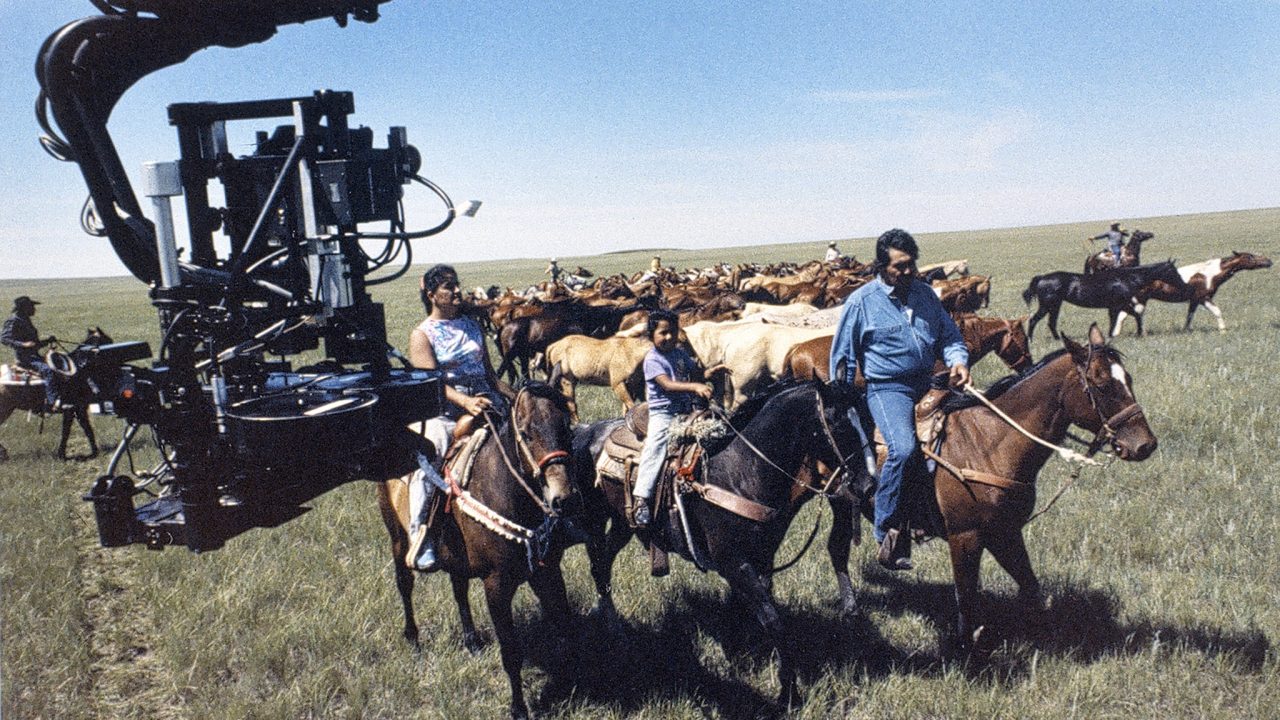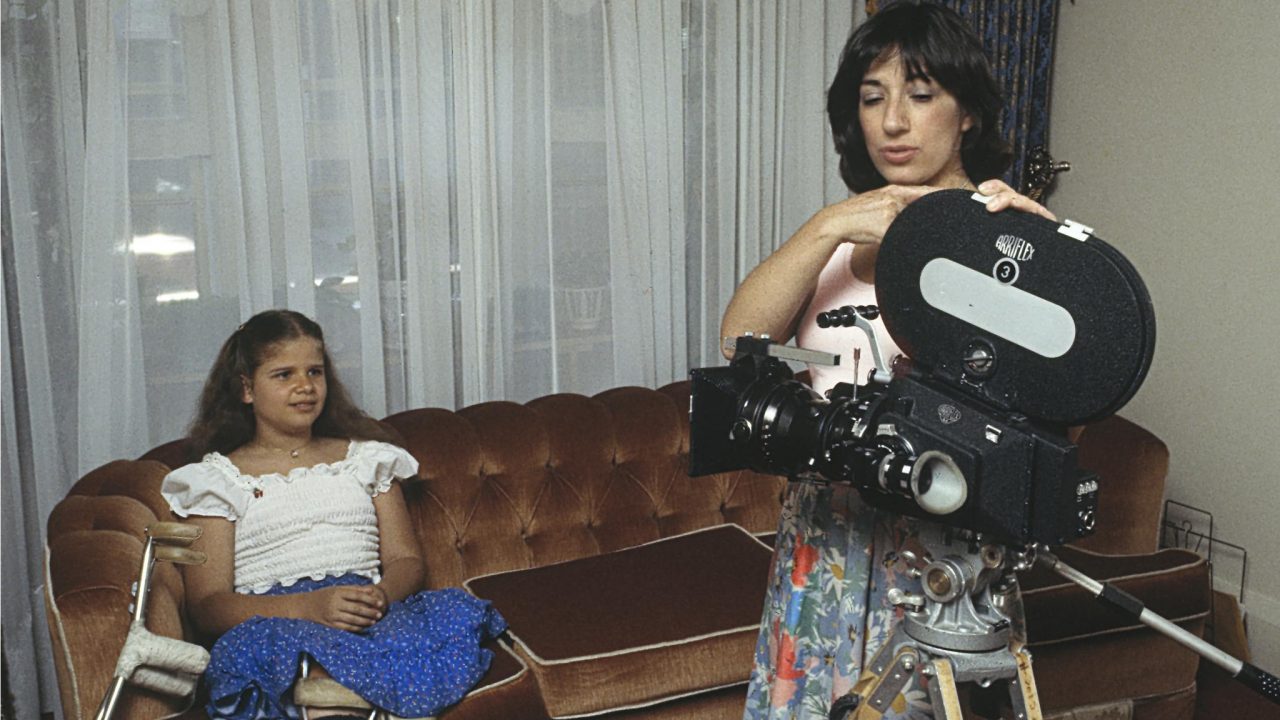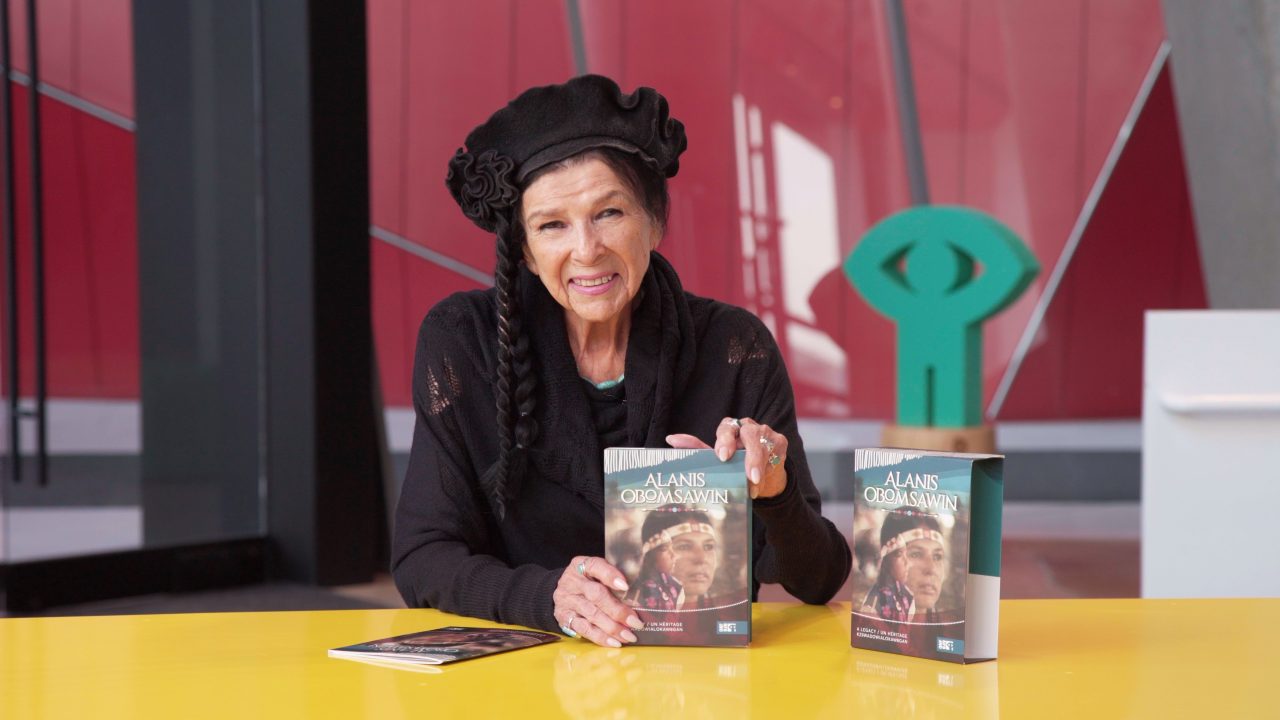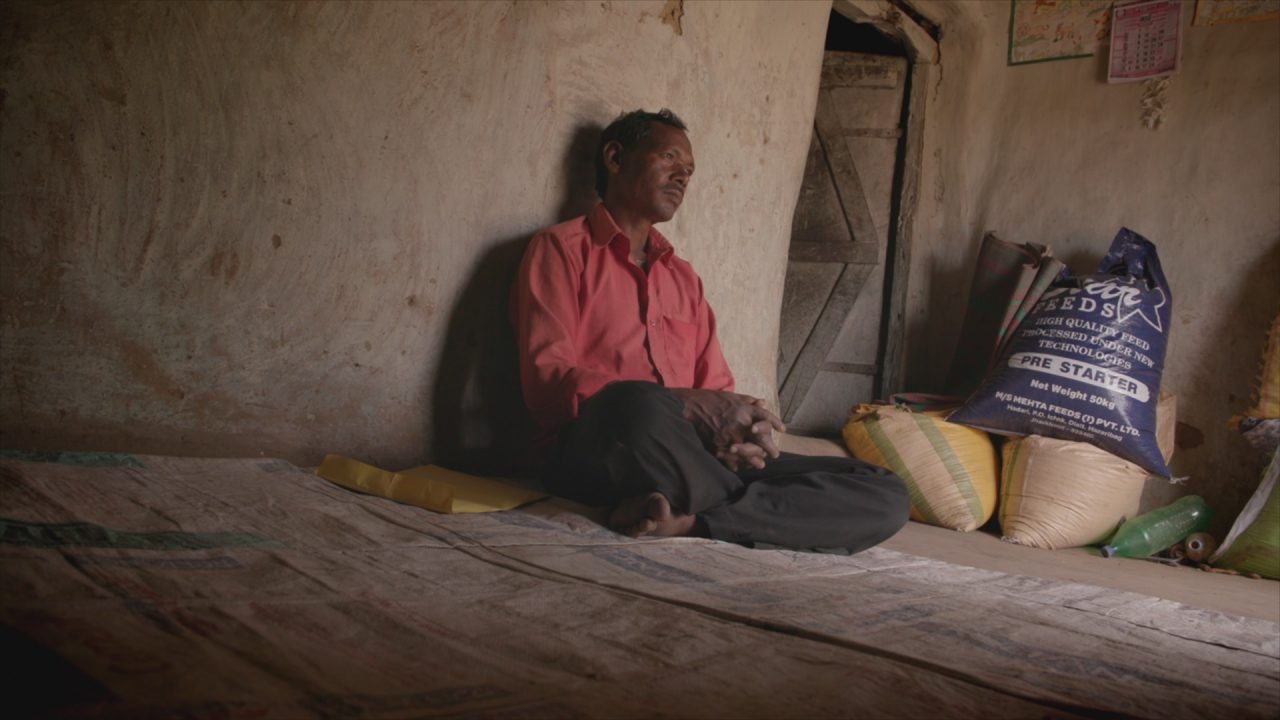
The State of the Art, Part I: Documentary Ethics
The State of the Art, Part I: Documentary Ethics
There was lots of excitement and new ideas over at the TIFF 2014 Doc Conference last week! We already brought you Michael Moore’s hilarious and insightful 13-Point Manifesto for Documentary Filmmaking, and now we’re back with another thought-provoking topic: documentary ethics (stay tuned for Part II on documentary aesthetics, coming soon.)
Documentary is a prickly beast: considerations of truth, responsibility, and ethics are paramount in an art form that often deals with controversial issues and people. Read on for insight from filmmakers like Joshua Oppenheimer, industry insiders, festival curators, and critics on what documentary ethics look like today, and what they may look like tomorrow.
What should good documentaries do?
During the Doc Conference, I was particularly struck by a comment made by Jed Weintrob, head of production at Condé Nast Entertainment: “a non-fiction approach to storytelling should spark conversation.”
While Weintrob comes from a corporate background, his comments were also echoed by independent filmmaker Joshua Oppenheimer (whose controversial 2012 film The Act of Killing certainly sparked its share of chatter). Oppenheimer’s film recounts the killings of an estimated 500,000 or more Indonesians during state-sponsored purges, and he observed with pride that his film “has helped catalyze a transformation in how the country talks about its past.”
NFB audiences have also created their fair share of online conversation about a variety of tough and controversial topics. In 2012, we received an unprecedented number of comments and reactions to We Were Children, a film that recounts the abuse suffered by First Nations children in Canada’s residential school system.
Read through some powerful reactions to the film here, and check out the trailer below. (This film is available as a digital download and on DVD).
We Were Children, Tim Wolochatiuk, provided by the National Film Board of Canada
In a Doc Conference panel on the state of documentary production in Canada, acclaimed First Nations filmmaker Alanis Obomsawin (Kanehsatake: 270 Years of Resistance) observed that what her films do is represent “the voice of our people, which has been silenced for many, many hundreds of years.”
And Sturla Gunnarsson shared his belief that the job of a documentary is to provide “the most personal form of expression. It always has to be something that speaks my heart, something that I really want to explore.” Referring to his 2010 doc Force of Nature: the David Suzuki Movie, Gunnarsson observed that “Suzuki was a hero of mine. We both had these deep pagan roots to the BC landscape. Even though he’s a scientist, he’s also a mystic,” which was what he found so personally inspiring that he embarked on making this film.
Check out the trailer, and then download the film or buy it on DVD.
Force of Nature: The David Suzuki Movie, Sturla Gunnarsson, provided by the National Film Board of Canada
What do you think a documentary should or can do? Give a voice to the voiceless? Re-write history? Change the world? Let us know in the comments!
5 tips for ethical documentary filmmaking
I collected quite a few great tips from the Doc Conference’s many panelists on how to be a responsible and ethical documentarian. Here are a few:
1. Maintain editorial control. Critics accused Oppenheimer’s The Act of Killing of giving a platform to the perpetrators of Indonesia’s horrendous crimes. But Oppenheimer disgarees: “I didn’t give a platform to killers. These men never had control over the footage and knew they wouldn’t. I maintained editorial control, and in the end I don’t think viewers come away from this film thinking the killers are heroic.” He adds that “the country, it’s media, it’s political system: that’s the killers’ platform. My film makes their lies untenable.”
2. Work with supportive partners. “One of the challenges in doc distribution,” said Lisa Nishimura, VP of Original Documentary Programming at Netflix, “is that certain numbers need to be met in a very short window (ticket sales during a theatre run, say, or ad dollars in TV run). Netflix is ad-free so we are beholden to one group, and that’s our subscribers. We’re not beholden to the notion that something shouldn’t offend an advertiser.” So there you have it, aspiring filmmakers: Netflix might be the place for your controversial film! (If, that is, it appeals to Netflix subscribers).
3. Allow your subjects to run the process. Oppenheimer’s most recent work, The Look of Silence, premiered at this past TIFF. It’s a sort of sequel to The Act of Killing, and this time, the perspective comes from Adi, a man whose older brother was murdered five decades ago during the Indonesian state-sponsored mass killings. Oppenehimer relates that Adi told him: “I want to meet the perpetrators; I want to see if they’ll acknowledge what they did, and that it was wrong.” Oppenheimer never would have put his subject in this position, but it was Adi that instigated the process.
This last point is particularly evident in the NFB’s film Fat Chance, in which activists in the “fat pride” movement are filmed as they go about their daily lives and speak candidly about their experiences. The compelling subjects on screen are at the very heart of this inspiring film:
Fat Chance, Jeff McKay, provided by the National Film Board of Canada
4. Safety first. Oppenheimer’s subject, Adi, was putting himself in danger by confronting the perpetrators who killed his brother. Says Oppenheimer: “This was an unimaginable thing, for him to want to confront the perpetrators; it’s unprecedented in the history of documentary film,” [that perpetrators would be confronted while still in power]. “We wondered how we could protect the family’s safety, if that’s what it came to. We worked closely with the family to relocate them to a safer location in Indonesia. It was also possible for them to leave, so that they wouldn’t actually be stuck there.”
5. Be Canadian (lol). Sturla Gunnarsson observed, quite rightly, that documentary is “Canada’s only non-aboriginal indigenous art form. It’s the one genre in filmmaking at which we are masters. It’s the only genre in which our brand glows bright internationally. We have a nation which is suited to the doc form. We mis-trust ideologies and big ideas. We are always trying to shed light on things and figure out what’s really going on.”
Stay tuned for more!
Soon, I’ll publish my second post in this series, The State of the Art, Part II: Documentary Aesthetics, in which we’ll gets tips from artists, critics, and curators on what kinds of visual languages and technologies are facilitating the way documentary looks and feels today.
***
Header image: Filmmaker Zarqa Nawaz, on the set of Me and The Mosque, a documentary about the multiple relationships Canadian Muslim women entertain with Islam’s place of worship, the mosque.




too bad the 5 ethics point were not ethics but just how to make a documentary